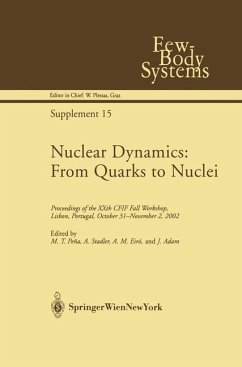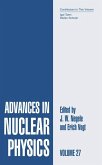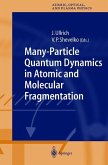This volume collects the invited and contributed papers presentedt at the work shop Nuclear Dynamics: from quarks to NUCLEI, which was hosted by Centro de Ffsica das Interacc;6es Fundamentais (CFIF) at Instituto Superior Tecnico (1ST) in Lisbon, Portugal, from October 31st to November 2nd, 2002. The response to this initiative exceeded the initial expectations of the organizers. Participants arrived to Lisbon, not only from countries within a close vicinity to Portugal, but also from Central and Northern Europe, from Africa, from the United States, from South and Central America, and from Japan. This meeting was the 20th in a series of schools or workshops organized every fall in Lisbon. Along the years, the series of meetings has covered a wide range of topics in Nuclear and Particle Physics. The 2002 meeting had two unique features: 1) Nuclear Physics at Intermediate Energies For the first time, the CFIF Fall Meeting focused on nuclear processes at inter mediate energies. In physics, an energy range implies a selection ofthe degrees of freedom which are probed. Experiments and theory at intermediate energies bridge the interesting border between two pictures ofreality: the nucleons, and their accompanying cloud of pions, which make up the nuclei forming most of the matter around us, and the underlying quark-gluon structure of the nucleons themselves. The intriguing connection between the two descriptions is tested by experiments using electrons, photons and mesons, or heavy-ion collisions.








